Kayla Itsines’ Online Marketing Strategy
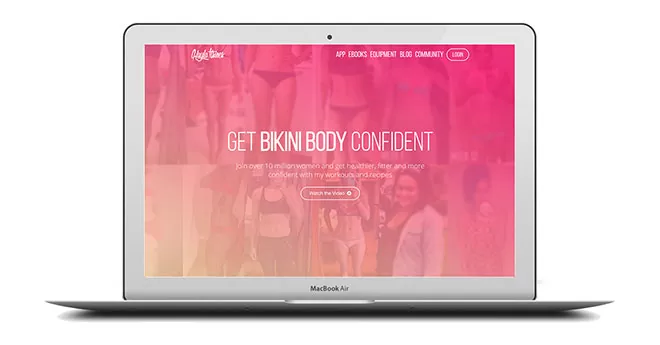
Kayla Itsines is an Instagram sensation…
With more than 4.7m followers, Kayla is one of the most followed Instagram fitness bloggers in the world…
And while there are other Instagram fitness bloggers with millions of followers as well, Kayla is one of the only ones to have monetised it at the level she has.
Her fitness program – Bikini Body Guide – is one of the most popular fitness programs on the web.
So how has she done it?
That’s what I’ll be covering in this website review…
Note: I interchange between the desktop and mobile experience depending on what we’re talking about and what’s easiest for you to see.
Kayla Itsines’ marketing
Kayla Itsines leveraged the growth of Instagram to grow her own business…
She was at the right place at the right time with the right product (the killer combo) and was able to leverage it to become an Internet sensation.
Let’s take a look at how she leverages Instagram to drive growth.
Kayla now has 4.7m followers at the time of this website review…
Her content is a combination of:
- Before & After photos uploaded by her customers – there is a constant stream of Before & After photos being uploaded to Instagram with the hashtag #bbg. Kayla shares these photos with her followers on Instagram, which is one of the best ways to establish credibility and drive sales (it’s the ultimate testimonial).
- Inspirational quotes – inspirational quotes are HUGE on Instagram because it’s both a visual and aspirational platform, and quotes appeal to both. Sharing quotes should be a part of any Instagram content strategy.
- About Kayla – Kayla shares photos of her life… whether it’s walking her dogs, working out, or travelling. This gives her followers an insight into who she is, which strengthens the bond they have with her.
- Healthy food – Kayla shares photos of healthy snacks to give her followers inspiration for the type of food to eat.
- Product insights – Kayla shares screenshots of what her app looks like (her main revenue generator).
Because of how Instagram is set up, you can’t put clickable links in the captions or comments of any of the posts you share (Instagram Ads are different). So to drive traffic (and conversions) from Instagram you need to include a mini sales pitch and a link in your Instagram bio.
Kayla does this really well…
As you can see, she links to her app from her bio.
And because this is how everyone does it on Instagram, users are conditioned to click through to the bio to click somewhere else online.
Here’s an example of how Kayla does it…
Kayla also has a few different hashtags her users can add to their Instagram posts when they share something related to her fitness program, including:
- #bbg (2,812,720 posts)
- #bbgprogress (371,849 posts)
- #sweatwithkayla (301,719 posts)
- #bbgvideos (977 posts)
Nearly all of these posts have been created by Instagram users (not Kayla), giving Kayla a HUGE amount of content to work with. Plus it builds a serious amount of credibility to see how many other people use Kayla’s program (and get results).
Kayla makes the most out of Instagram, which makes sense as it’s how she got her big break.
Nice work!
Note: Kayla also has a presence on Facebook and Twitter but her main growth platform was (and still is) Instagram, so I’ll only focus on that in this review. Plus, most of the content she shares on the other platforms are shared on Instagram as well.
Kayla Itsines’ website
Instagram (and social media) are great ways to grow your brand, build awareness, establish credibility, and drive traffic.
But without a solid website conversion strategy, you won’t be able to monetise your social media and convert that exposure into a serious business.
There are hundreds (maybe thousands) of Instagram superstars that make a pittance from their millions of followers.
Why?
Because they don’t have a strategy for converting their followers into customers, and that’s risky.
Why is it risky?
Because if Instagram changes their rules to kill organic reach (just like what happened with Facebook) it will become a pay-to-play game.
And if you don’t have the money to ‘pay’, you won’t be able to ‘play’.
That’s why it’s critical to convert as many of your social media followers into email subscribers (at the very least) and happy customers at best. I discussed this recently in an episode of Webprofits TV (click here to watch the episode).
With that in mind, let’s take a look at how Kayla monetises her online presence.
Mobile-first design
The majority of Kayla’s website traffic will be on mobile because her main marketing channel is Instagram, which is accessed mainly via the smartphone app (you can access a limited version of Instagram on desktop but most of the traffic is on mobile).
Because of that, Kayla designed her website thinking of the mobile user before the desktop user (which is referred to as ‘mobile-first design’).
What’s the benefit of doing that?
The mobile experience is different to a desktop experience, and thinking about the mobile user first will affect how you design the site.
Let’s take a quick look at Kayla’s website to see this in action.
Above-the-fold
Here’s the home page on mobile…
As you can see, everything is visible above the fold including:
- The two ‘join now’ links, which contrast well against the rest of the website to draw the eye (as they should)
- The ‘Download App’ banner, which stays visible at the bottom of the screen even when you scroll
- The ‘Watch the Video’ link, which is a secondary call-to-action to the ‘join now’ links but an important part of the sales process (as it sells the visitor on why they should join without having to scroll or read)
Sign up with Facebook
Then, when you click on the ‘join now’ button you’re taken to the payment page…
This page has definitely been designed for mobile first.
How can I tell?
Because the main call-to-action is to ‘sign up with Facebook’ which makes it super easy to enter your details without having to type anything (which is a key requirement in mobile design).
You can also sign up with email but it’s nowhere near as easy as signing up with Facebook.
So the first point with mobile-first design is to make it as easy as possible for people to sign up to your website without having to type anything into any forms. In this example it’s achieved by allowing people to sign up with Facebook.
Checkout with PayPal
Then, when you ‘sign up with Facebook’ you’re scrolled down the page to make payment…
Again, another sign that this is a mobile-first design… the main call-to-action here is to ‘checkout with PayPal’.
Why is that mobile-first?
Because it’s a lot easier to pay with PayPal than it is to take out your credit card and enter the details into your phone.
So another key point with mobile-first design is to offer PayPal as the main payment option because it simplifies the checkout process.
Of course, you still need to offer standard credit card checkout for the customers who don’t have PayPal.
Responsive ecommerce shop layout
Kayla’s shop is also designed for mobile first.
Here’s the main shop…
As you can see, all of the products are square ‘widgets’ that can easily be rearranged from smartphone, to iPad, to desktop, offering a great experience regardless of the device.
Single column product page
Here’s the product page…
As you can see here, Kayla uses a single column layout for the product image, the product name, the price, and the ‘Add to Cart’ button, ensuring a consistent experience from smartphones all the way up to desktop.
Note: this is the only page on Kayla’s website where I might change something. I would test putting the product name, price and ‘Add to Cart’ button on the right hand side of the product image for iPad and desktop users, so that more information is visible above-the-fold.
Persistent Add To Cart button
Another hint that this is mobile-first design is that when you add a product to your Cart, you see the following…
The ‘Cart’ button stays visible at the bottom of the page wherever you go in the shop.
Checkout page
Note: Kayla Itsines uses Shopify to run her shop. The checkout page is the standard mobile-responsive version that comes default with all Shopify stores.
Here’s how the checkout page looks…
Here are a few key points that make this checkout page good:
- PayPal is the first option available, making it as easy as possible for mobile (and desktop) users to checkout
- There is an Order Summary on the page, making it clear what the customer is paying for
- The only ‘customer information’ they need is the email address, everything else is for shipping only
The biggest downside with this checkout page is that it loses the branding (and flow) of the rest of the site, which can cause unwanted friction in the checkout process.
The other issue is that you can’t change the structure of this page to (for example) ask for the email address in the first step and then run an abandoned cart recovery email campaign if they don’t checkout.
Building an email database
Kayla Itsines uses best-practice database building strategies to grow her email database.
Let’s take a look at this in action…
Free giveaway
Kayla gives away a free 7 day trial of her program in exchange for an email address…
Giving away something of value in exchange for an email address is the best way of building up an email database and Kayla is doing it beautifully.
Popups
Kayla uses the SumoMe List Builder app to capture emails…
And she gives away the free 7 day trial in the popup… great stuff!
Note: we use the SumoMe apps for our own website and for a lot of our clients – I highly recommend it.
Direct-response sales copy
Direct-response sales copy has been used for more than 100 years and is all about eliciting an immediate response from the person who reads it…
When it comes to online, direct-response sales copy is used to capture an email address (easy to do), sell a service enquiry (medium difficulty), or get someone to pull out their credit card and buy something (the hardest to do).
Most non-marketers have a really hard time grasping the importance of direct-response sales copy because they think “isn’t it just words on a page?”.
It’s not.
Direct-response sales copy is one-to-one sales multiplied…
And the better the copywriter is, the more people will pull out their wallet after reading the sales message.
The best direct-response copywriters in the world charge tens of thousands of dollars for a single sales message plus a percentage of sales (Webprofits offers direct-response copywriting services at a much lower price than this).
How can they charge so much?
Because the right combination of words can make the difference between a campaign that’s a roaring success, and one that’s a flop.
Anyway… I think (hope) I’ve made my point clear.
Now let’s take a look at how Kayla uses direct-response sales copy on her website.
Here’s the page that sells her 12 week guide (ebook)…
This is direct-response sales copy at its best.
Here’s why…
- There’s a headline that clearly explains what the page is about and what action Kayla wants you to take
- There are calls-to-action throughout that drive people to the action she wants them to take
- There are testimonials from past customers sharing the results they achieved
- The guides are clearly explained so you know what you get with your purchase
- Imagery is used to show you how the product looks (even though it’s a digital product)
- Logos are used to build credibility (eg Cosmopolitan, Marie Claire etc)
All of Kayla’s ebooks use direct-response sales copy to sell them online.
Again, awesome stuff.
Blogging
Kayla uses her blog to give value to her social media followers, her email subscribers, and her customers.
She posts every couple of days, sometimes 3 times in one day.
Kayla shares client results, healthy recipes, weight loss advice, and exercise advice…
And then she emails her database about it, and shares it on social media.
Note: don’t let the brevity of this point take away from the importance of regularly publishing content your audience wants to read. Kayla does it perfectly.
Email Marketing
Kayla Itsines uses email marketing exactly how it should be used. Here’s a breakdown of what she does…
Confirmation emails
When someone subscribes to get the free giveaway, Kayla emails them a confirmation email with a link where they can download the free trial.

She reiterates the main selling points of her offer and also includes client results to ensure the subscriber follows through and starts the free trial.
Onboarding emails
When you sign up to Kayla’s program (the paid version), she uses onboarding emails to make sure you take action…
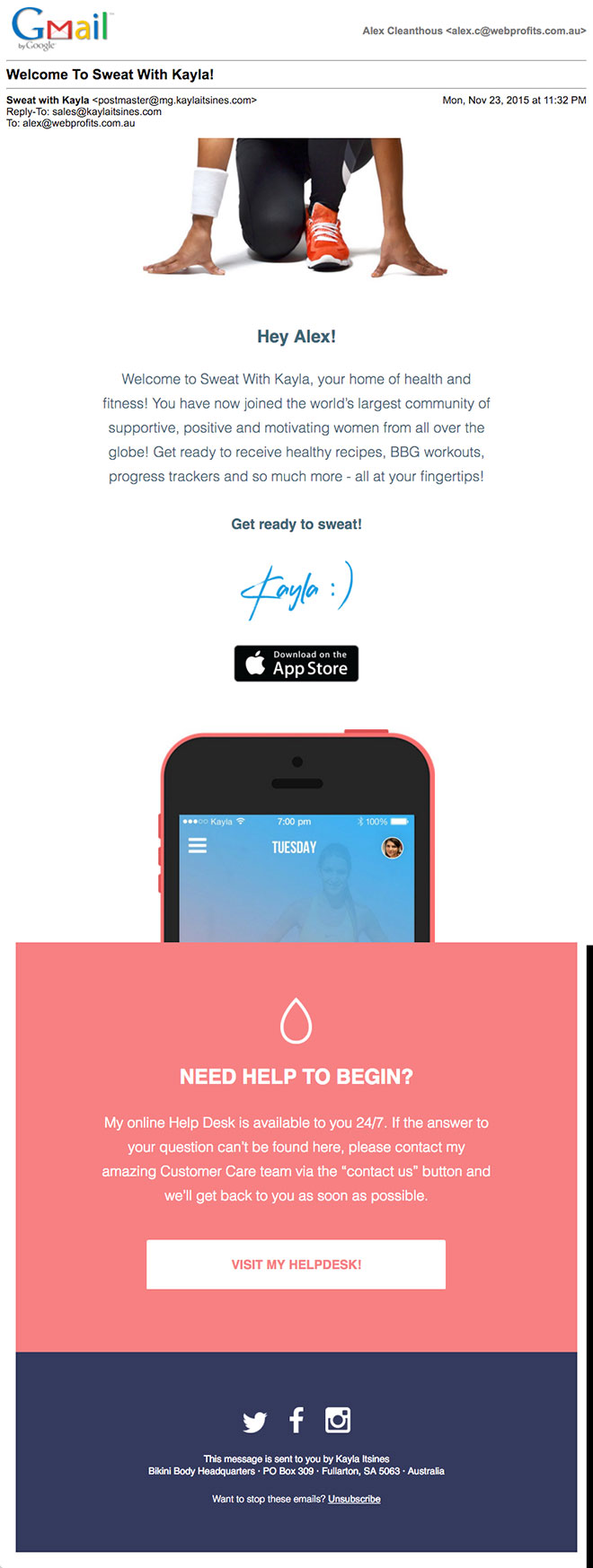
And then follows up with you as the weeks progress…

Sales emails
Kayla runs flash sales from time to time, offering customers a discount if they purchase within the allocated time period…
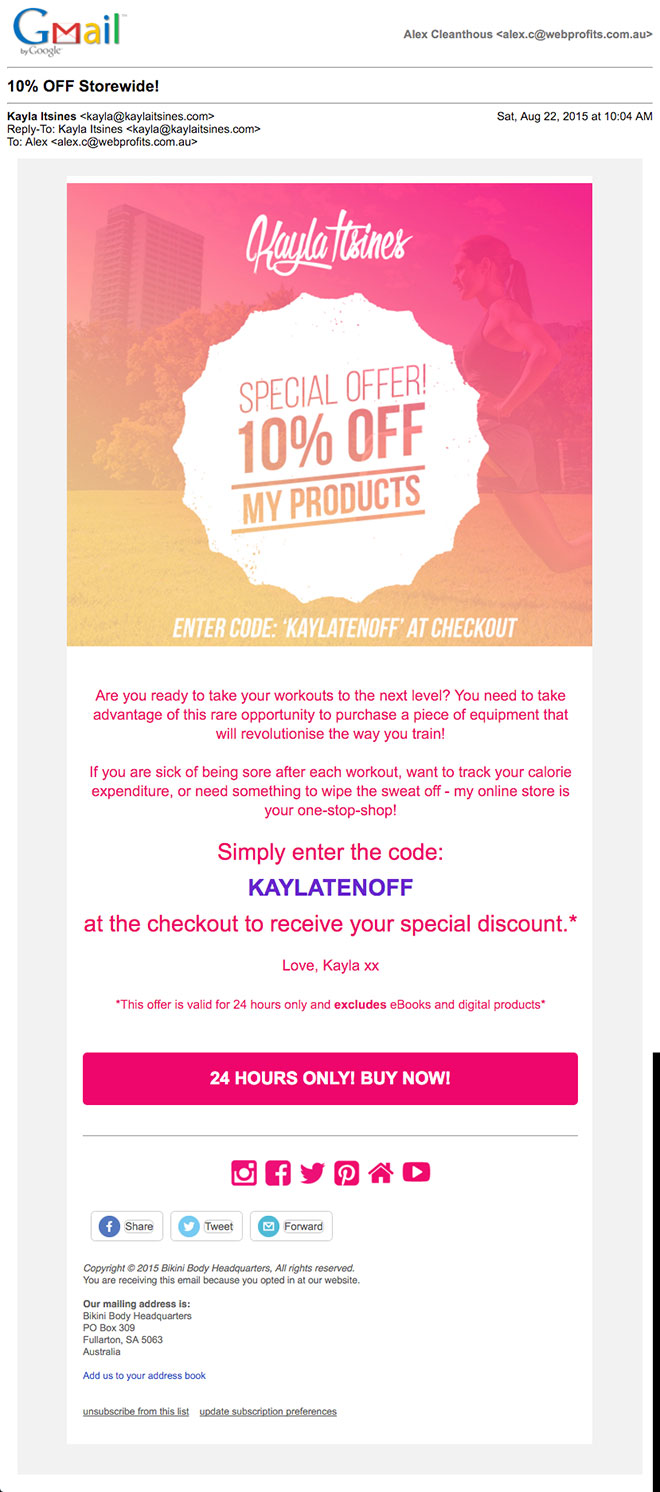
Informational emails
Kayla emails her database when she adds new content to her blog…

And she promotes her paid program in every informational email so that people can purchase if they’re ready.
Again awesome stuff.
Upsell emails
Kayla upsells her customers to the next program when the first one is complete…
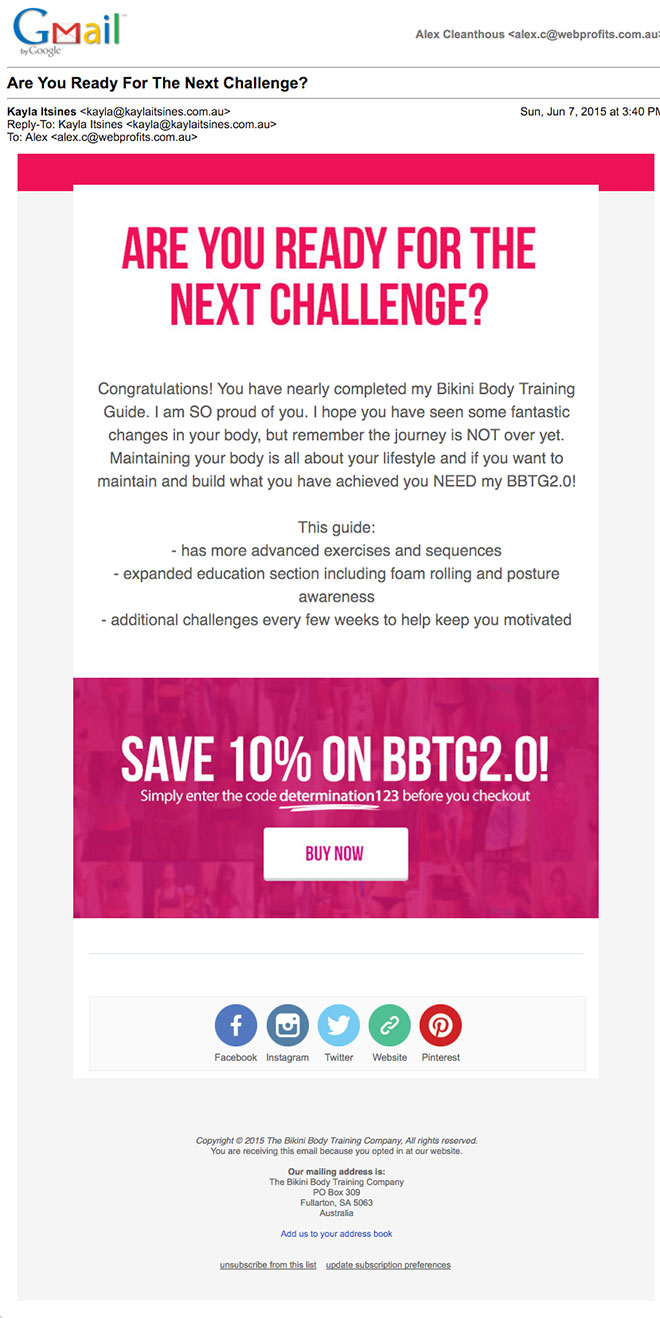
This only applies to the ebook guides, as the app is a monthly subscription.
Note: Kayla uses Mailchimp for her email marketing (we also use Mailchimp at Webprofits for ourselves and many of our clients).
Community
This part is absolutely genius…
Kayla has built a solid community around her programs that gives new customers the support they need to stay dedicated to achieving their goals.
She links out to Facebook Groups so her customers can be part of a local community of people who have invested in her Bikini Body Guide.
So rather than creating her own forum that she needs to moderate, she selectively links out to Facebook Groups (and Instagram profiles) where her customers can find other people to share their experience with.
This is an absolutely awesome way to build brand loyalty, reduce cancellations, get testimonials (and before-and-after photos), and drive sales when a new product is launched.
Summary
Kayla Itsines (and her marketing team) is killing it when it comes to online.
She’s pretty much doing everything right… from social media, to email marketing, to website conversions… she’s nailing it.
There’s A LOT every business owner can learn from Kayla’s online marketing, regardless if you’re a fitness blogger or not.
And if you’re a fitness blogger with a big Instagram following, Kayla Itsines should be your guiding light for how to build a business using the full power of online marketing.
Additional notes: Kayla Itsines also uses Adwords for her brand name. I didn’t see any remarketing ads on Facebook or Instagram which either means she isn’t using them at all (not that she needs to) or she’s using them really well and only targeting women (her main target market), which is why I’m not seeing them.
Are you a fitness blogger with a huge following?
Kayla Itsines received a massive boost to her business by the free exposure given to her by Instagram, which meant her growth wasn’t limited by her ad budget – this is unique.
Saying that, there are hundreds (maybe thousands) of other Instagram fitness bloggers with millions of followers who had (and still have) the same advantage and yet haven’t taken advantage of it.
Kayla has transformed the huge advantage that Instagram has given her into a sustainable revenue-generating business. Now, if Instagram changes the rules (as they did with Facebook) she has the resources and capital to continue to expand her business outside of the platform that skyrocketed her growth.
Kayla has transitioned herself from Instagram sensation to serious businesswoman using the power of the web.
Totally awesome.
If you’re a fitness blogger with a huge following, click here to contact Webprofits. We can do the same thing for you.



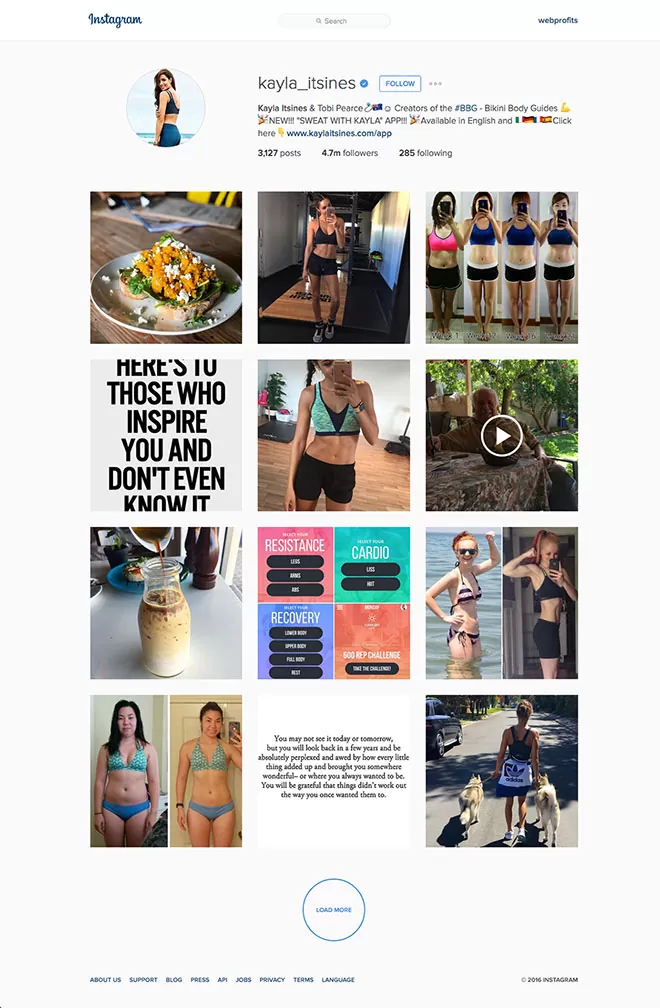
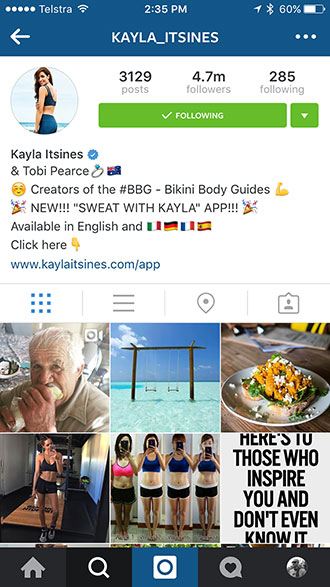
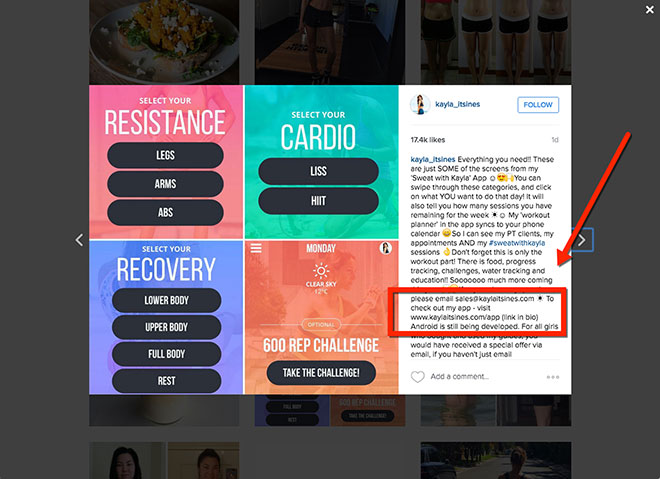
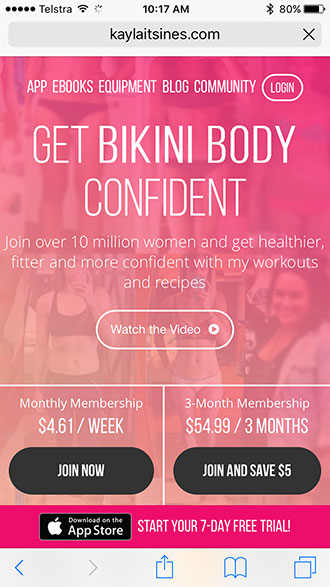
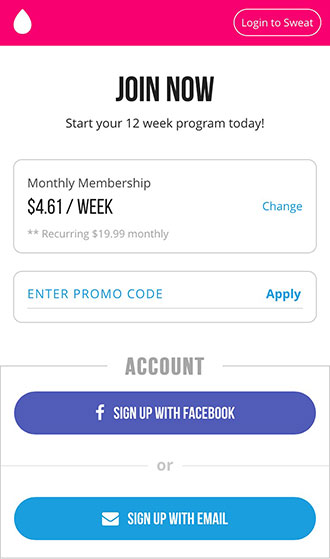
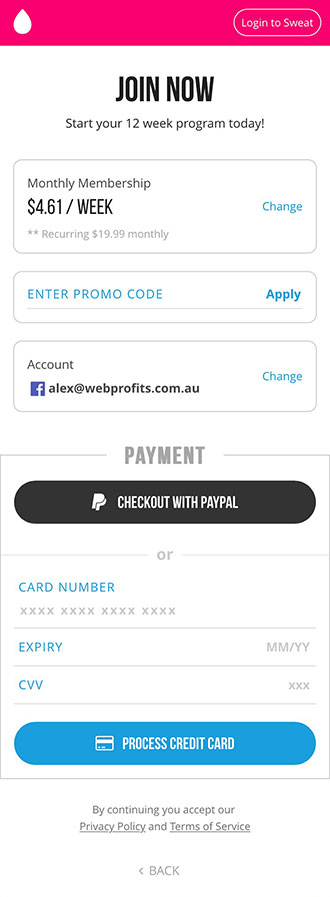
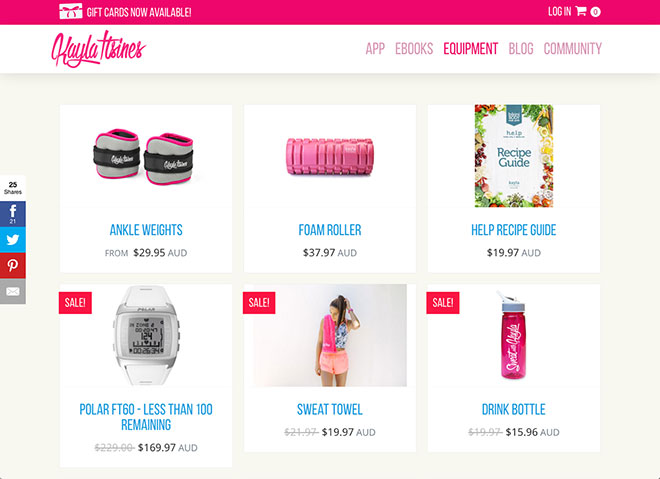
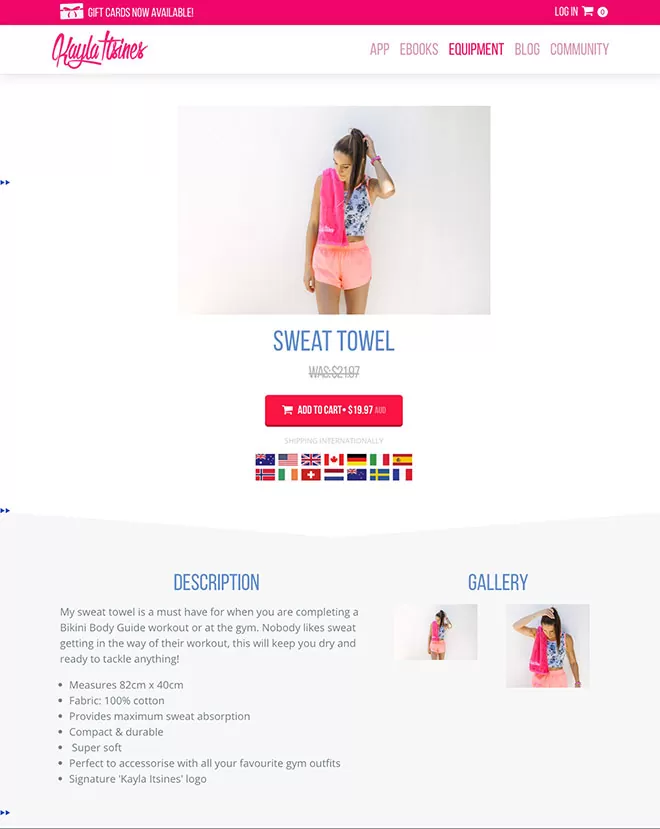
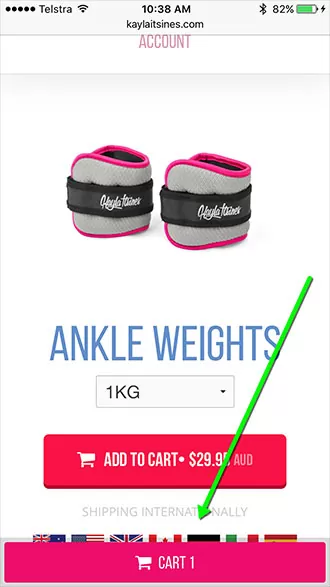
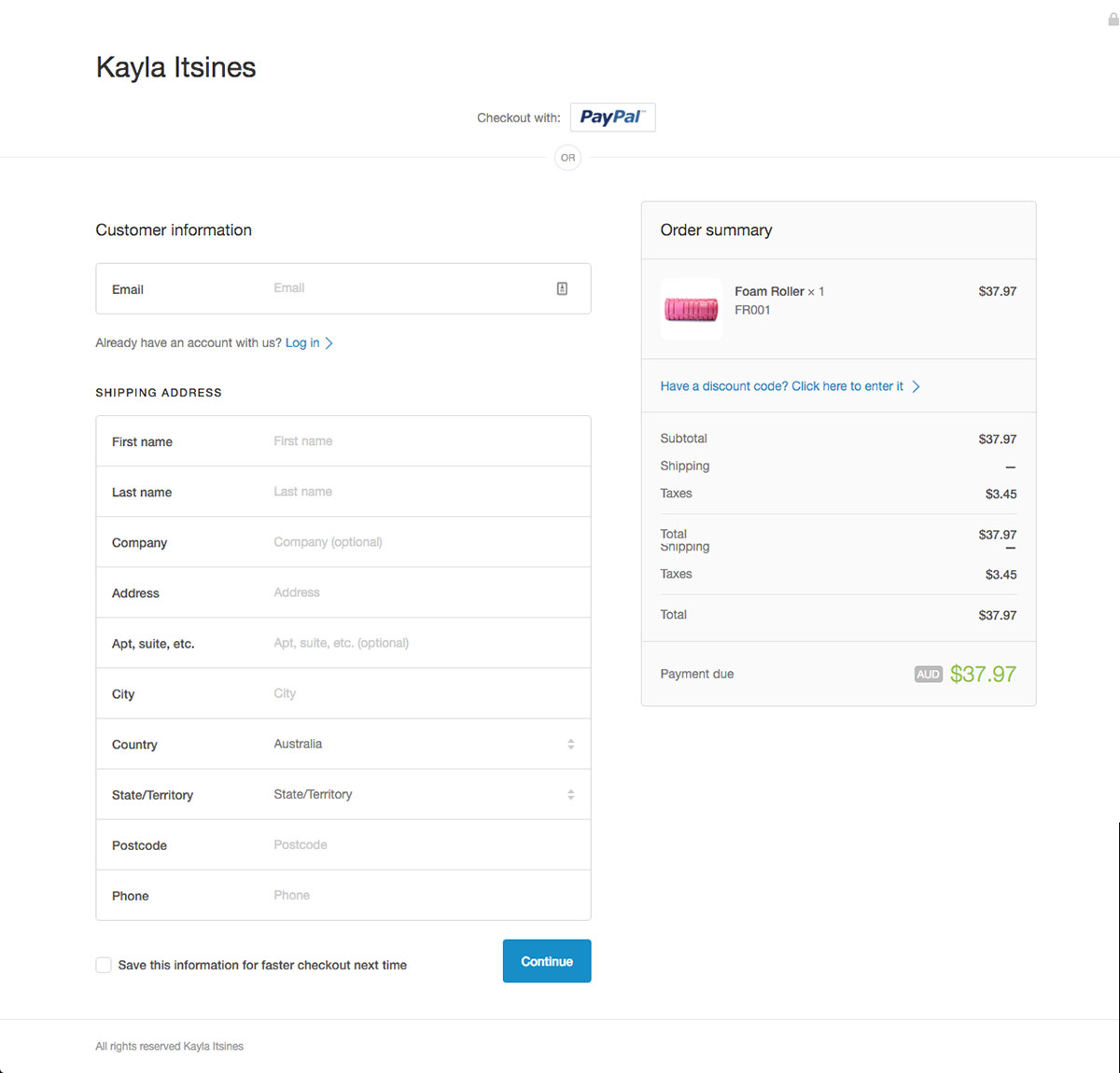
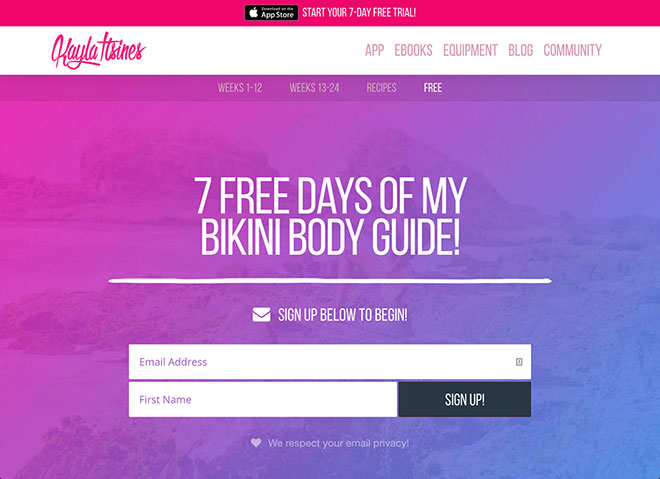
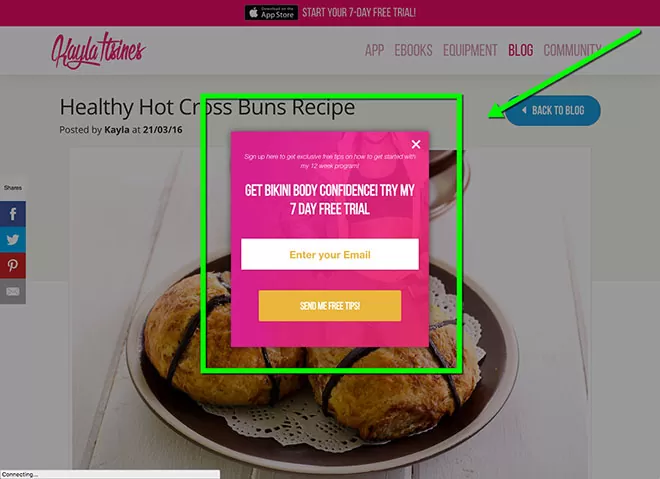

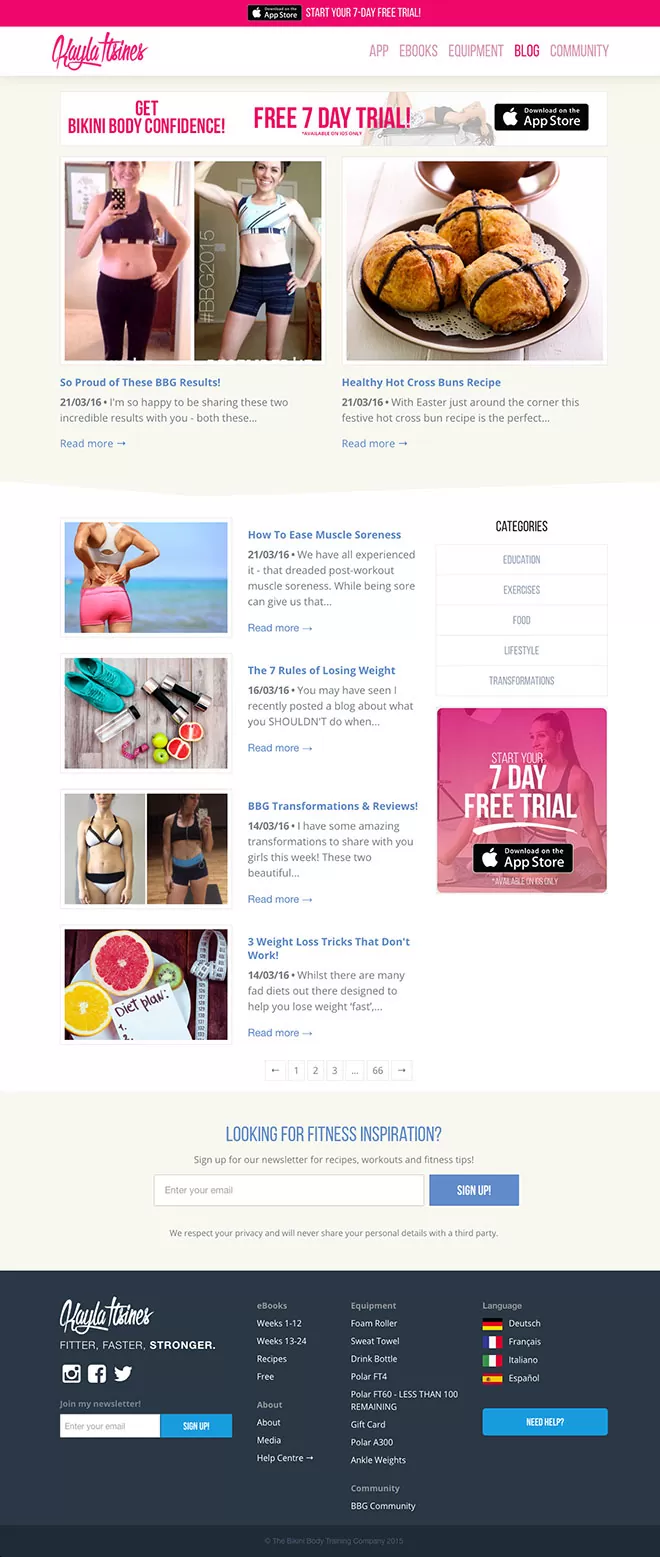
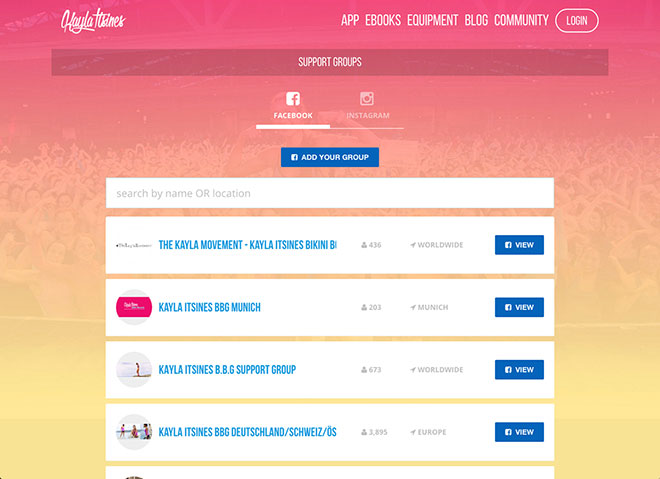


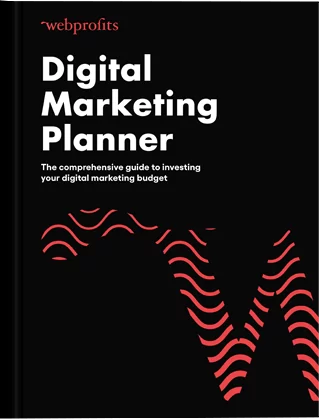
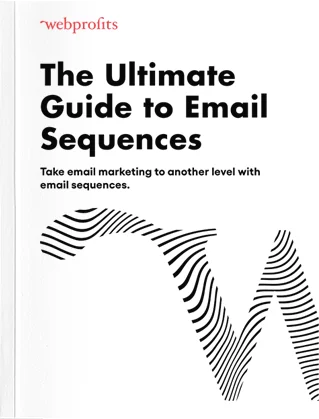
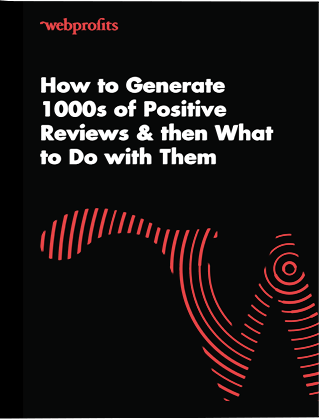
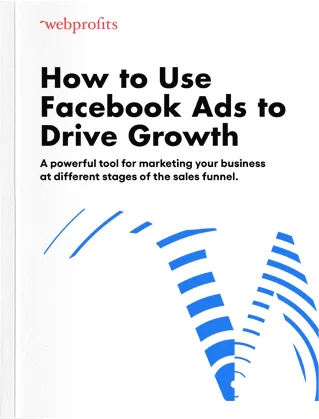
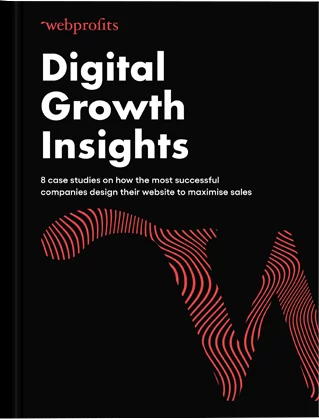
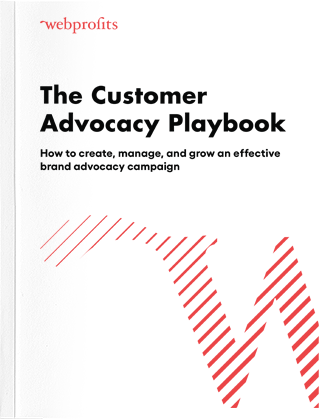
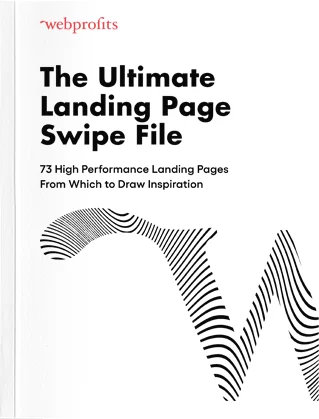

Very informative and great article!
This is a really good tip especially to those fresh
to the blogosphere. Simple but very accurate information… Appreciate your sharing this
one. A must read post!
Thank, your article about the strategy marketing of Kayla is absolutly amazing.